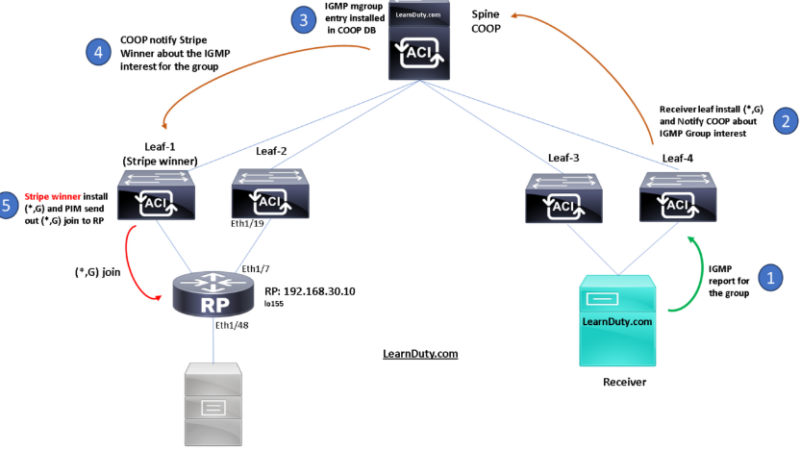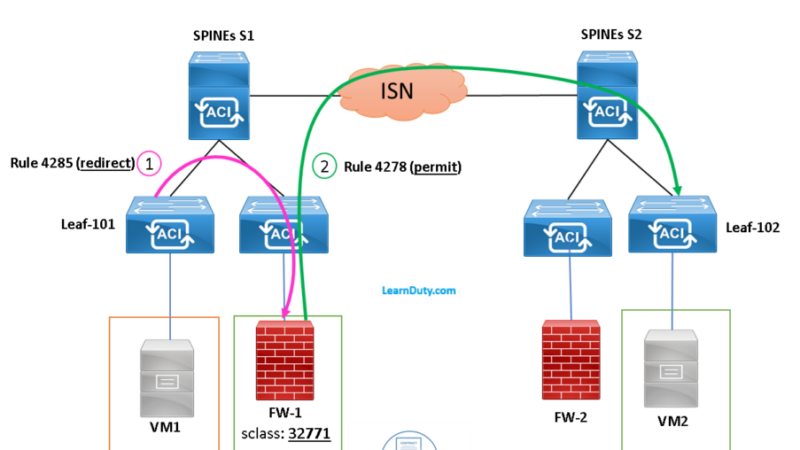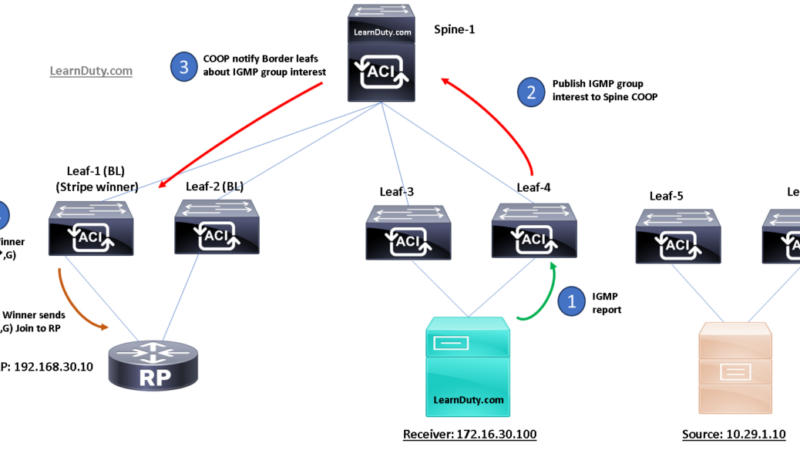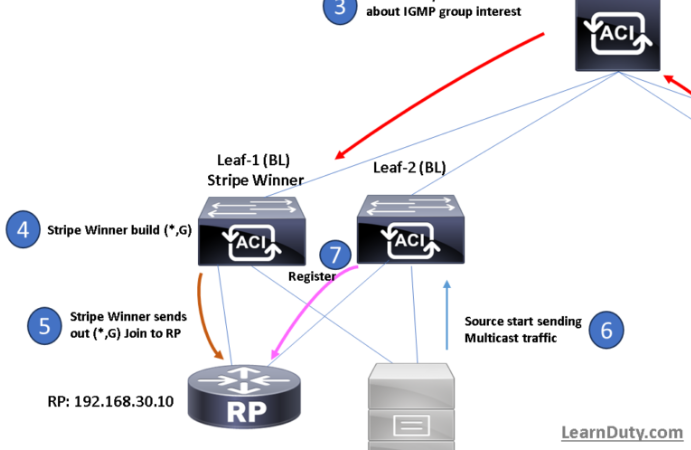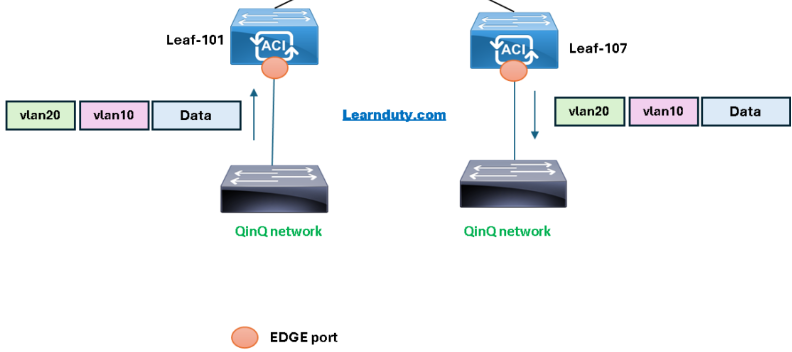Cisco ACI PBR with vzAny Overview and Guidelines
Reference: Cisco.com
PBR and vzAny Overview
The vzAny managed object is a collection of all EPGs in a VRF instance. It is useful if you have a security requirement that is applied to all EPGs in a VRF, it also helps to reduce policy TCAM consumption.
Prior 3.2
- vzany as consumer is supported.
- vzany as provider is NOT supported.
Example (from white paper as well):
If you have a contract with PBR between vzAny as consumer and an NFS (network file system) EPG as provider in VRF1, the NFS access from all endpoints in VRF1 to NFS can be inspected by firewall without consuming policy TCAM for multiple consumer EPGs:
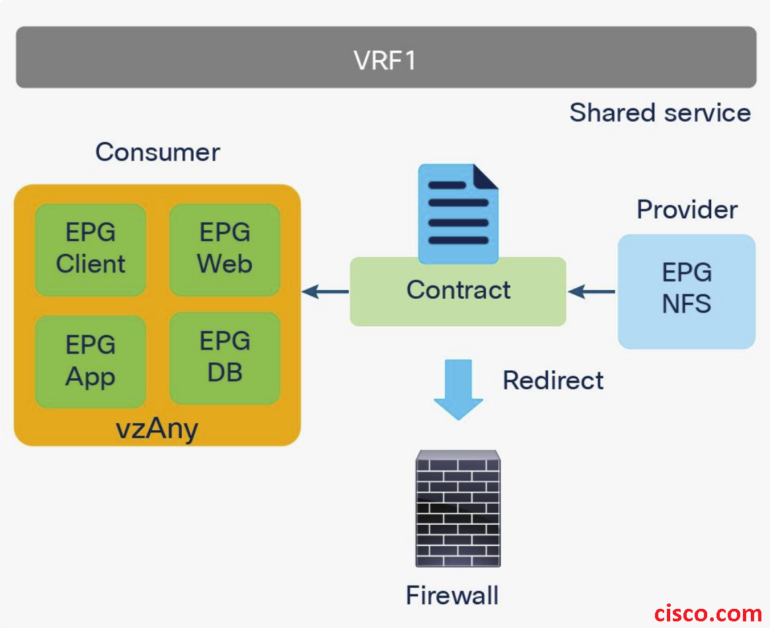
For release 3.2 and later:
- vzany as consumer is supported.
- vzany as provider is supported
If you have vzAny as consumer and also provider for a contract with PBR, all of the traffic between endpoints within the VRF can be inspected by firewall:

Note:
The traffic coming back from a service node to the ACI fabric is not redirected even though we have PBR rules for all EPGs to all EPGs, because the precise filter rule takes precedence. For example, after vzAny to vzAny traffic is redirected to a service node, the traffic comes back to the ACI fabric. Here the source class ID is 32773 (PBR node) and destination class ID 0 (vzAny), which is a more precise rule than vzAny to vzAny; thus, traffic is permitted instead of redirected
PBR and vzAny, Guideline and limitation
- You should use a one-arm design for an “all EPGs to all EPGs” use case because the rule for consumer-to-provider traffic is the same as the rule for provider-to-consumer traffic. Both are vzAny to vzAny, which means we cannot use a different action.
- vzAny-to-vzAny contract with PBR destination in an L3Out is supported. Because the L3Out EPG for the PBR destination is also part of the vzAny in the VRF, another contract that has a higher priority than one for vzAny-to-vzAny contract is required to avoid redirecting traffic whose source IP is matched with the L3Out EPG for the PBR destination.
- As vzAny includes the service EPG, a vzAny-to-vzAny contract can permit traffic between the service EPG and other EPGs in the VRF. However, all other EPGs in the VRF can talk to the service EPG instead of allowing specific EPGs to communicate with the service EPG. (Direct connect included).
- You should not use the common default filter when vzAny is used as a consumer and provider. This is because it includes ARP, ethernet traffic, and other non-IP traffic which will be eligible for re-direction. Some infra services like ARP Glean rely on policy not being re-directed. Only IP traffics are supported when using PBR.
- From TCAM perspective, It’s generally recommended to use vzAny contract to enable PBR for many EPGs to many EPGs traffic instead of many EPGs consuming and providing the same contract.

